From the introduction of the 265 cubic inch V8 in 1955, Chevrolet supported racing efforts with its Corvettes, albeit covertly. Corvettes were prepared for competition and then fielded by various well known teams and drivers. Successes at the 12 Hours of Sebring were followed by Briggs Cunningham launching the first true international effort, preparing three Corvettes for Le Mans in 1960, with one car winning its class and finishing 8th overall. Chevrolet tested a variety of performance components designed for competition, and then achieved success by offering various 'RPO' (regular production option) packages that could be specified on a build sheet. SCCA racers would opt for ‘RPO 687’, a heavy duty brake and steering package which included finned cast steel brake drums, semi-metallic brake linings, as well as a quicker steering ratio. Only 233 cars left the factory in 1961 with the RPO 687 option; this car retains all of its “big brake” components. Rarer still was the LPO 1625 option, which replaced the standard 16-gallon fuel tank with a 24-gallon unit suitable for long-distance races. Factory documentation confirms that a mere 25 cars were so-equipped in 1961 - almost all of these were raced. Indeed, the 1961 Sebring 12 Hours saw multiple Corvettes entered, albeit by private entities. Establishing the exact chassis numbers of these 25 is extraordinarily difficult given the lack of detailed factory records, authentication therefore relying upon expert verification of the various clues that identify a "big tank" car. Noted Corvette historian Jim Gessner, keeper of the Registry of Corvette Race Cars, believes this car to be one of the hallowed 25. Evidence includes the external fuel filler neck, holes in the trunk unique to a “tanker”, tank strap holes, and the fact that this hardtop-equipped car has no provision for a convertible top (24-gallon tanks eliminated the space where softtops were stowed). The car additionally features the rare radio/heater delete plate. While the precise early history of this car has yet to be determined, evidence suggests that it was used by Chevrolet as a test car for various racing components. The known history begins in July 1980, when the car was sold by Donald W Watkins in Southern California to George Davis of Arcadia, California. The documentation file includes a clipping from an early 1980s AutoTrader depicting this car, described as a "1961 Corvette RPO" and offered at $7500. The car was still in its original white with blue interior and had supposedly not been registered for the street until sometime in the 1970s. The car was purchased by Chuck Francis of Southern California. He drove the car to the Monterey Historics as a spectator in the early 1980s. Larry Shinoda, Zora Arkus-Duntov, as well as engineers and mechanics from the Corvette race development team were present. The mechanics, upon seeing the ’61, were "literally grabbing at the car", pointing out features that identified it as a test car. According to Francis, the mechanics removed the hardtop and confirmed that this was originally a "big tank" car. Then one of the mechanics noted holes drilled in the inner fender well, and stated that the car was used for testing in Florida in 1961. Francis asked why the motor in the car at that time was roughly a half dozen numbers away from the VIN. The mechanics’ answer was that before going to Florida, several consecutive motors were pulled from the assembly line to use during testing. Jim Gessner has confirmed that a 1961 Corvette was used for extensive testing at Sebring that year with Bob Cliff, a GM Test Engineer from Delco Moraine Brake Division. Cliff worked for roughly six weeks testing new prototype brake shoes, finned drums, new cooling methods to get outside fresh air to the rear of the backing plates, and measuring wear on new compounds of brake shoe semi-metallic RPO race products. Cliff, a noted SCCA racer, drove at race speeds over 750 miles testing these products. Based o
From the introduction of the 265 cubic inch V8 in 1955, Chevrolet supported racing efforts with its Corvettes, albeit covertly. Corvettes were prepared for competition and then fielded by various well known teams and drivers. Successes at the 12 Hours of Sebring were followed by Briggs Cunningham launching the first true international effort, preparing three Corvettes for Le Mans in 1960, with one car winning its class and finishing 8th overall. Chevrolet tested a variety of performance components designed for competition, and then achieved success by offering various 'RPO' (regular production option) packages that could be specified on a build sheet. SCCA racers would opt for ‘RPO 687’, a heavy duty brake and steering package which included finned cast steel brake drums, semi-metallic brake linings, as well as a quicker steering ratio. Only 233 cars left the factory in 1961 with the RPO 687 option; this car retains all of its “big brake” components. Rarer still was the LPO 1625 option, which replaced the standard 16-gallon fuel tank with a 24-gallon unit suitable for long-distance races. Factory documentation confirms that a mere 25 cars were so-equipped in 1961 - almost all of these were raced. Indeed, the 1961 Sebring 12 Hours saw multiple Corvettes entered, albeit by private entities. Establishing the exact chassis numbers of these 25 is extraordinarily difficult given the lack of detailed factory records, authentication therefore relying upon expert verification of the various clues that identify a "big tank" car. Noted Corvette historian Jim Gessner, keeper of the Registry of Corvette Race Cars, believes this car to be one of the hallowed 25. Evidence includes the external fuel filler neck, holes in the trunk unique to a “tanker”, tank strap holes, and the fact that this hardtop-equipped car has no provision for a convertible top (24-gallon tanks eliminated the space where softtops were stowed). The car additionally features the rare radio/heater delete plate. While the precise early history of this car has yet to be determined, evidence suggests that it was used by Chevrolet as a test car for various racing components. The known history begins in July 1980, when the car was sold by Donald W Watkins in Southern California to George Davis of Arcadia, California. The documentation file includes a clipping from an early 1980s AutoTrader depicting this car, described as a "1961 Corvette RPO" and offered at $7500. The car was still in its original white with blue interior and had supposedly not been registered for the street until sometime in the 1970s. The car was purchased by Chuck Francis of Southern California. He drove the car to the Monterey Historics as a spectator in the early 1980s. Larry Shinoda, Zora Arkus-Duntov, as well as engineers and mechanics from the Corvette race development team were present. The mechanics, upon seeing the ’61, were "literally grabbing at the car", pointing out features that identified it as a test car. According to Francis, the mechanics removed the hardtop and confirmed that this was originally a "big tank" car. Then one of the mechanics noted holes drilled in the inner fender well, and stated that the car was used for testing in Florida in 1961. Francis asked why the motor in the car at that time was roughly a half dozen numbers away from the VIN. The mechanics’ answer was that before going to Florida, several consecutive motors were pulled from the assembly line to use during testing. Jim Gessner has confirmed that a 1961 Corvette was used for extensive testing at Sebring that year with Bob Cliff, a GM Test Engineer from Delco Moraine Brake Division. Cliff worked for roughly six weeks testing new prototype brake shoes, finned drums, new cooling methods to get outside fresh air to the rear of the backing plates, and measuring wear on new compounds of brake shoe semi-metallic RPO race products. Cliff, a noted SCCA racer, drove at race speeds over 750 miles testing these products. Based o




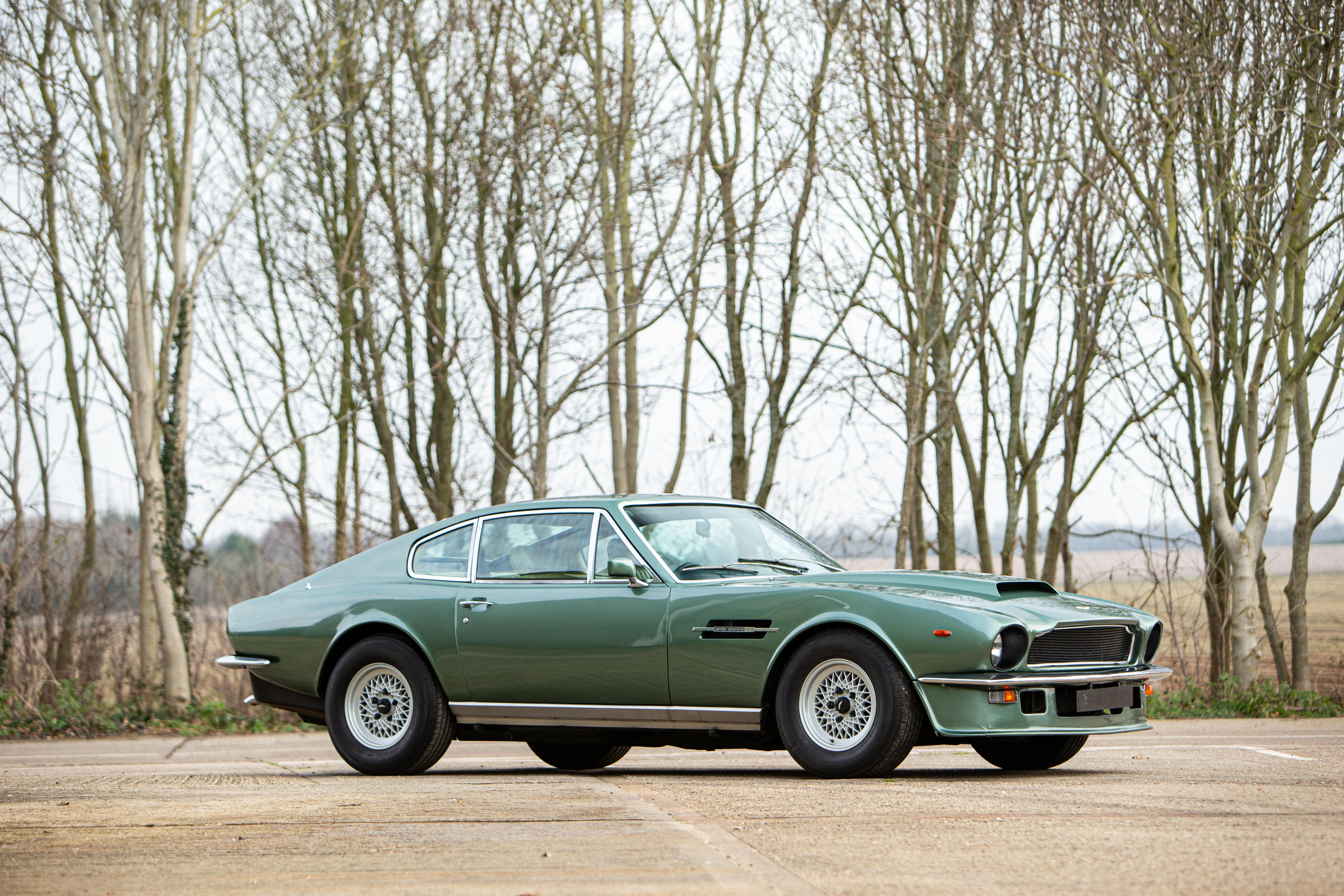
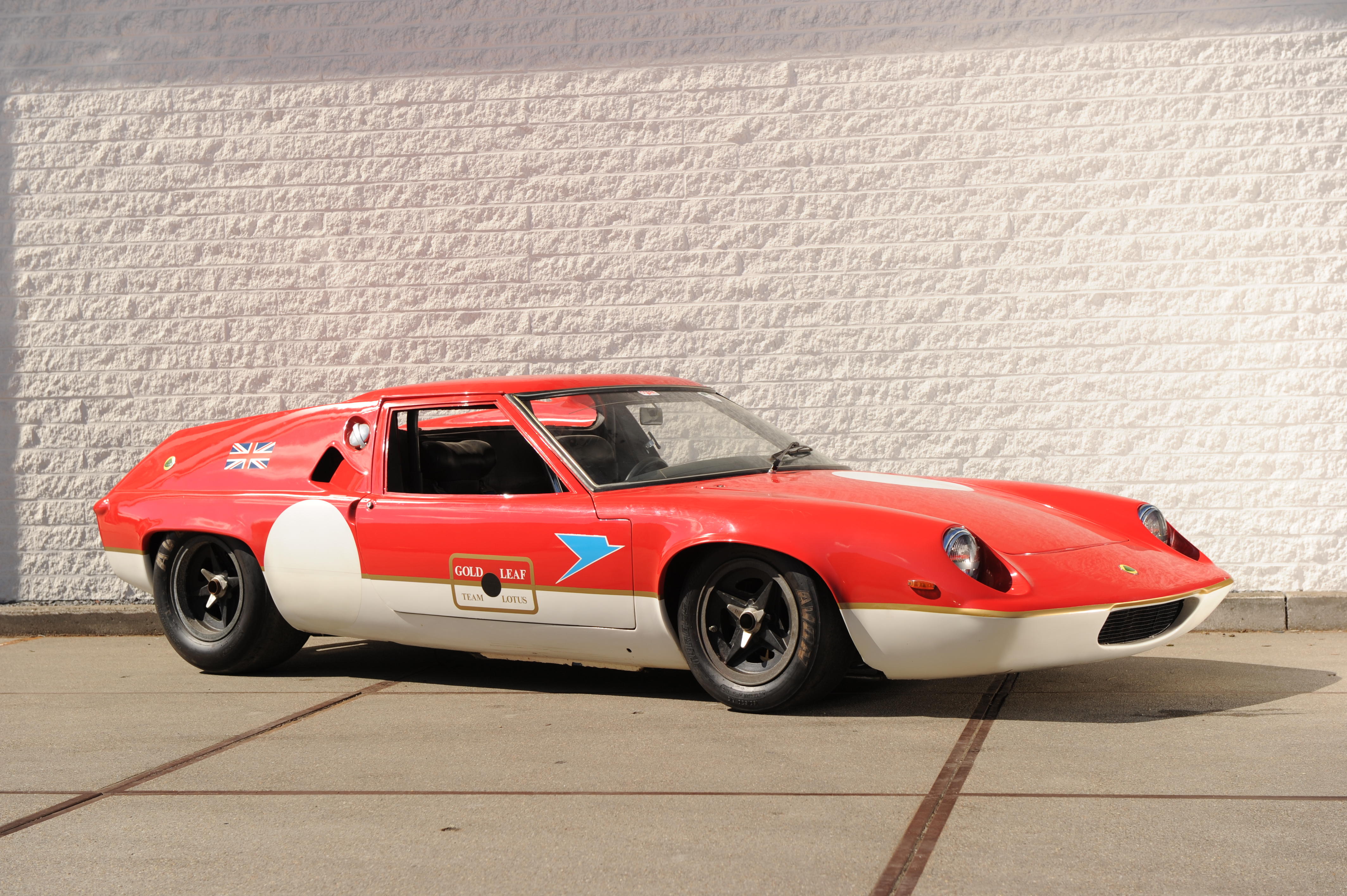
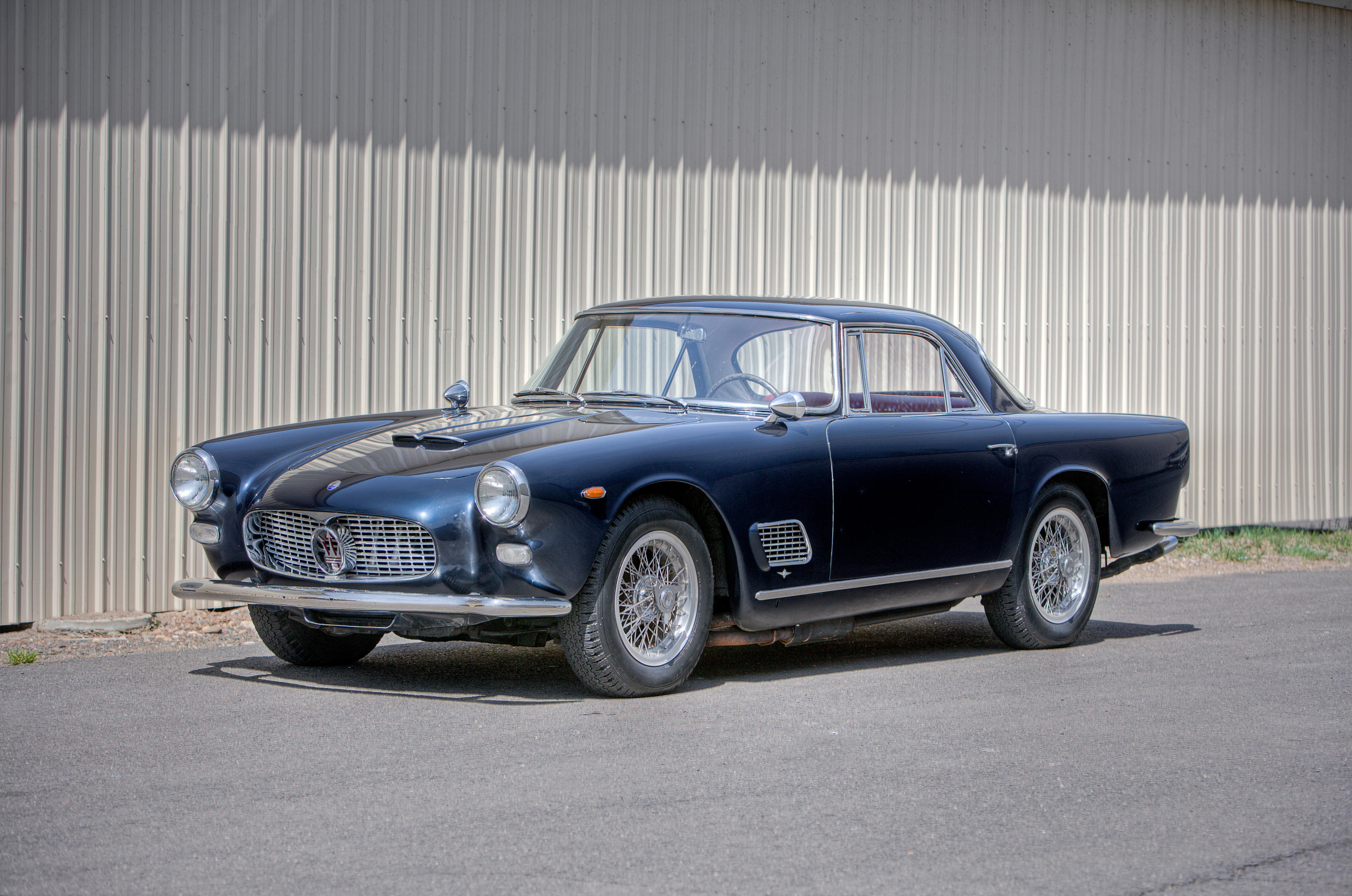

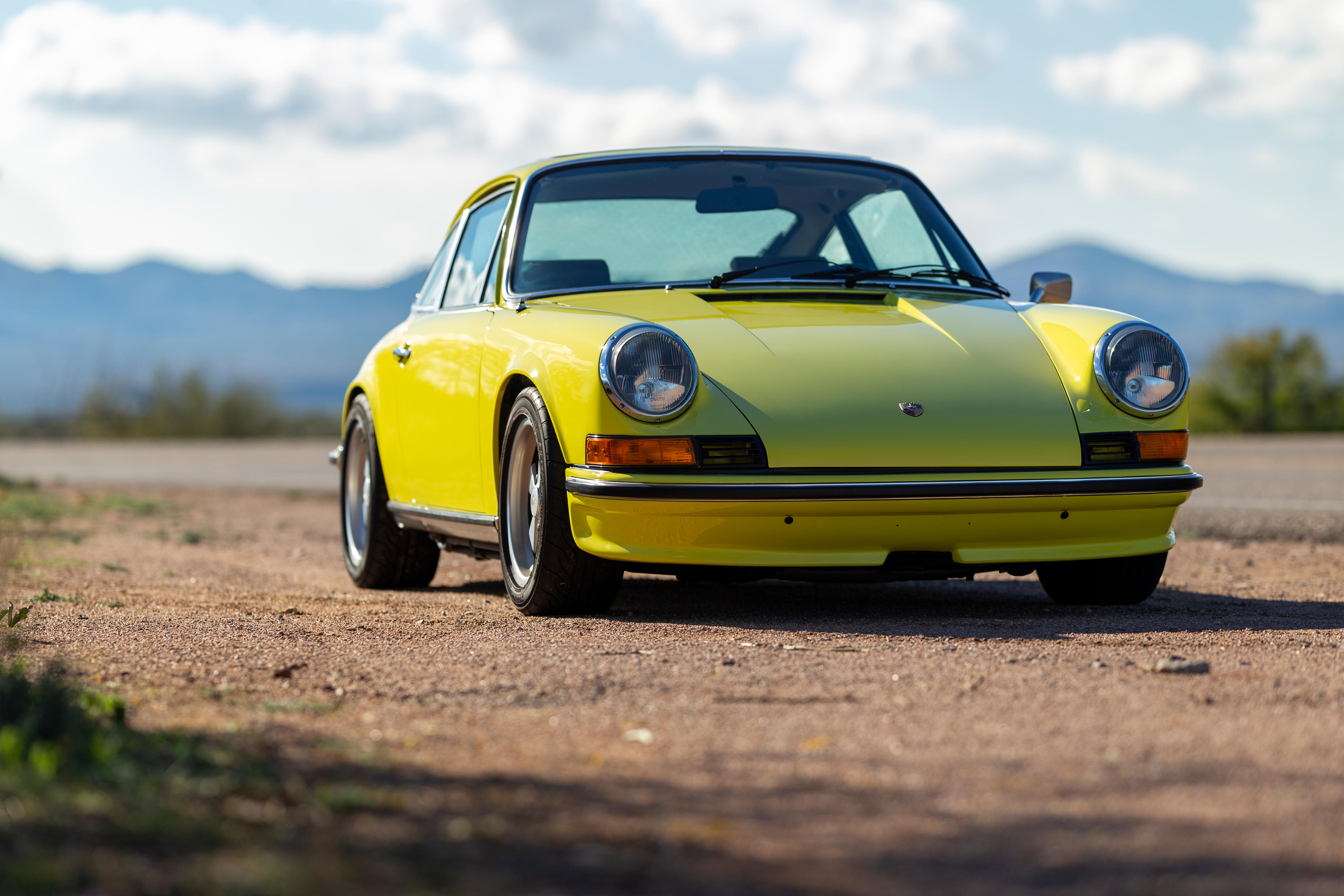

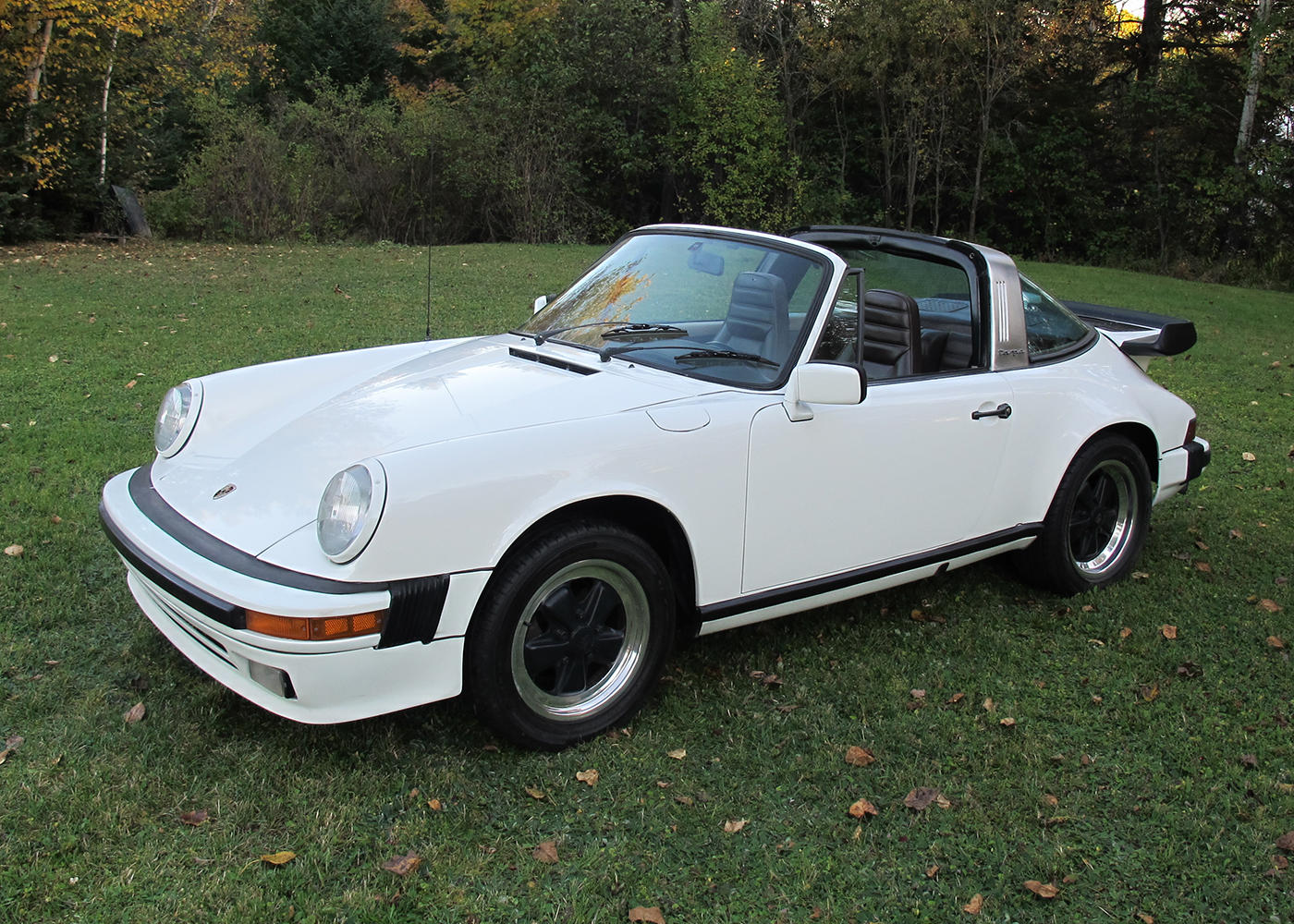

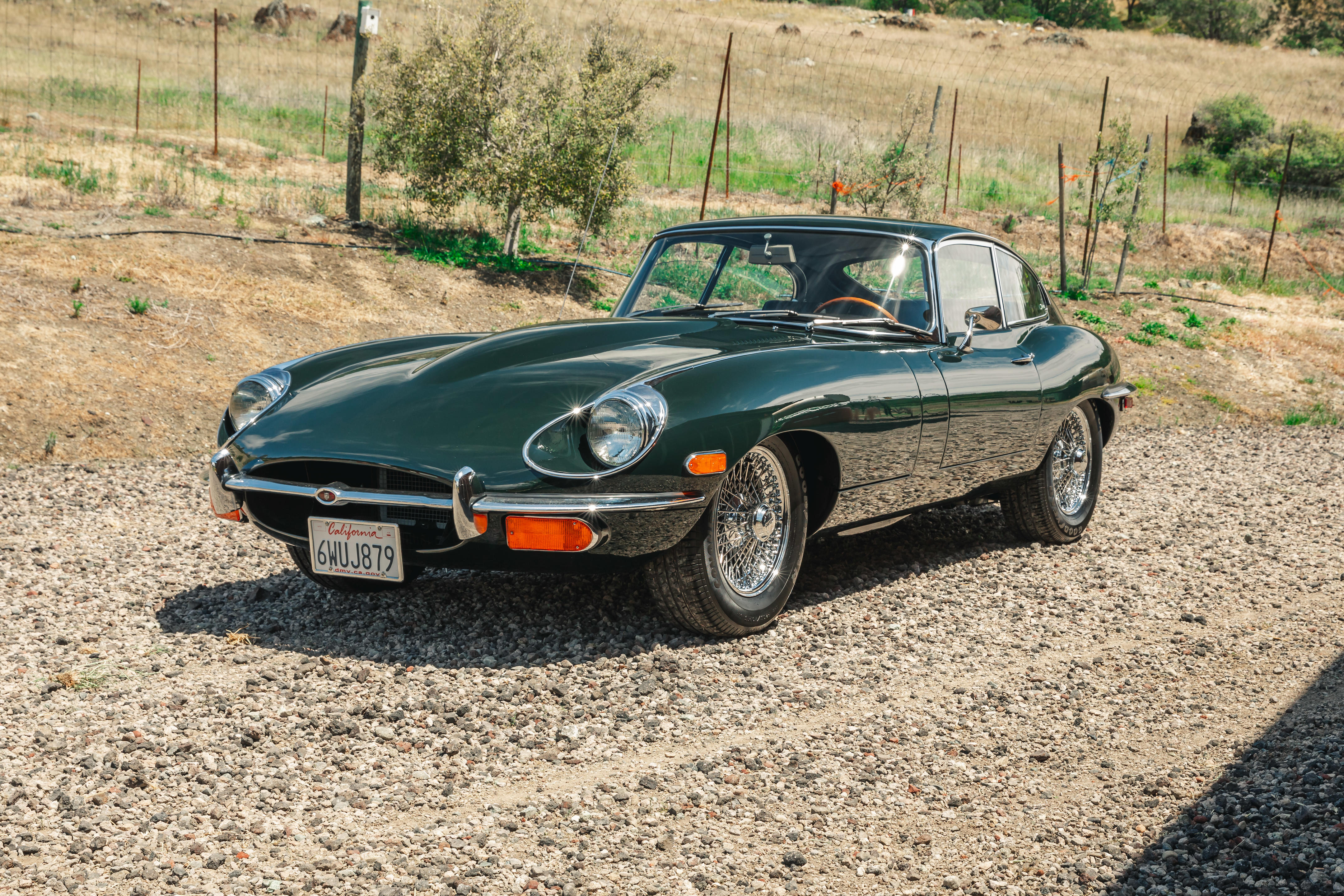


Testen Sie LotSearch und seine Premium-Features 7 Tage - ohne Kosten!
Lassen Sie sich automatisch über neue Objekte in kommenden Auktionen benachrichtigen.
Suchauftrag anlegen